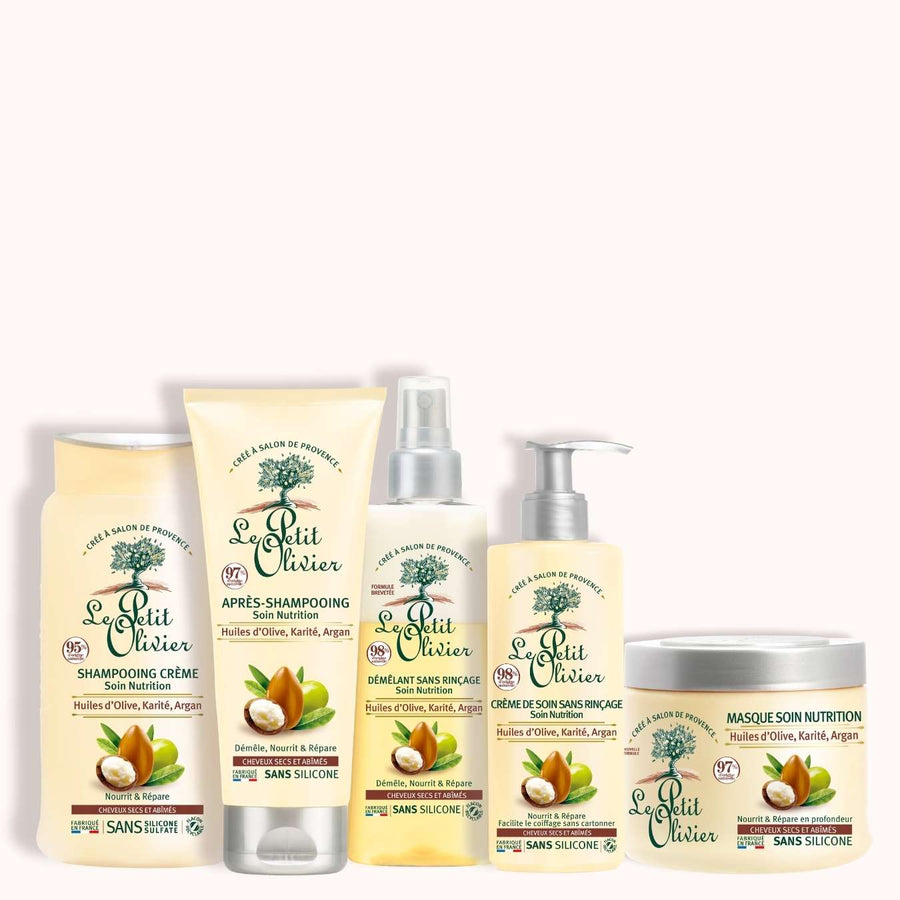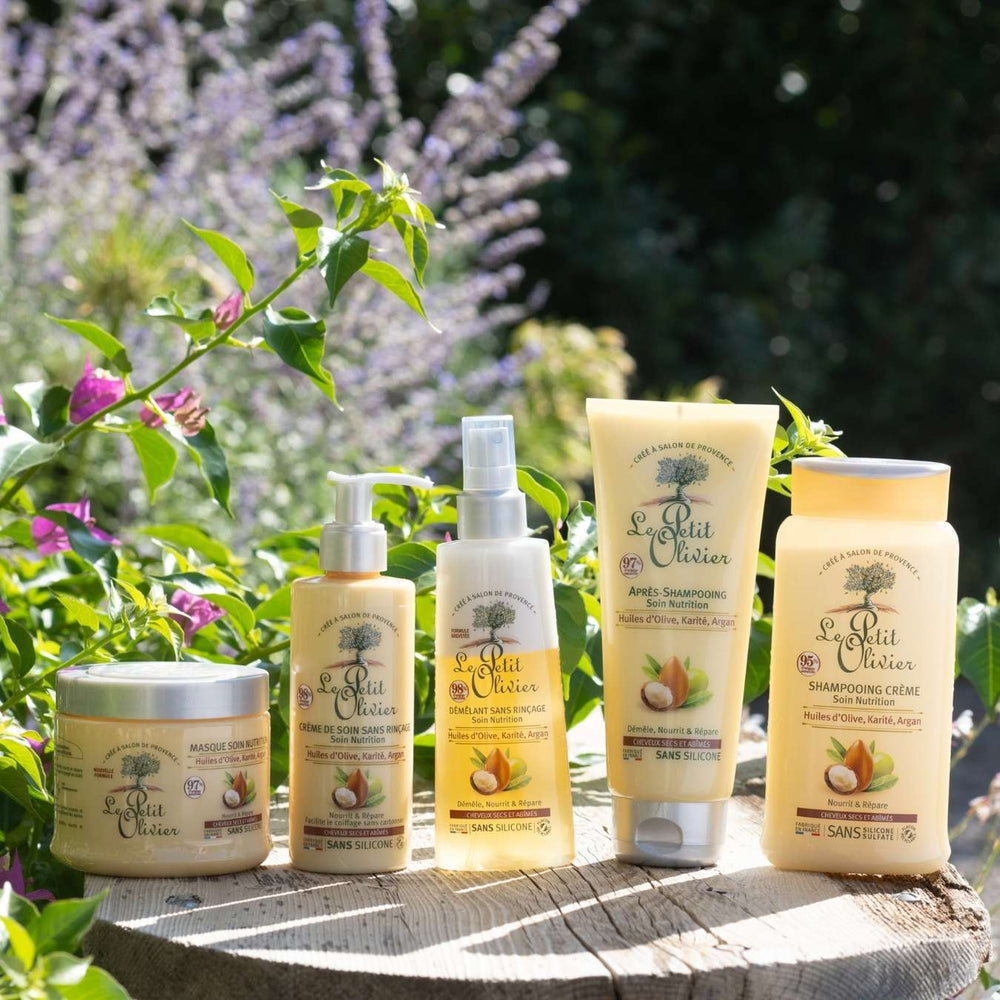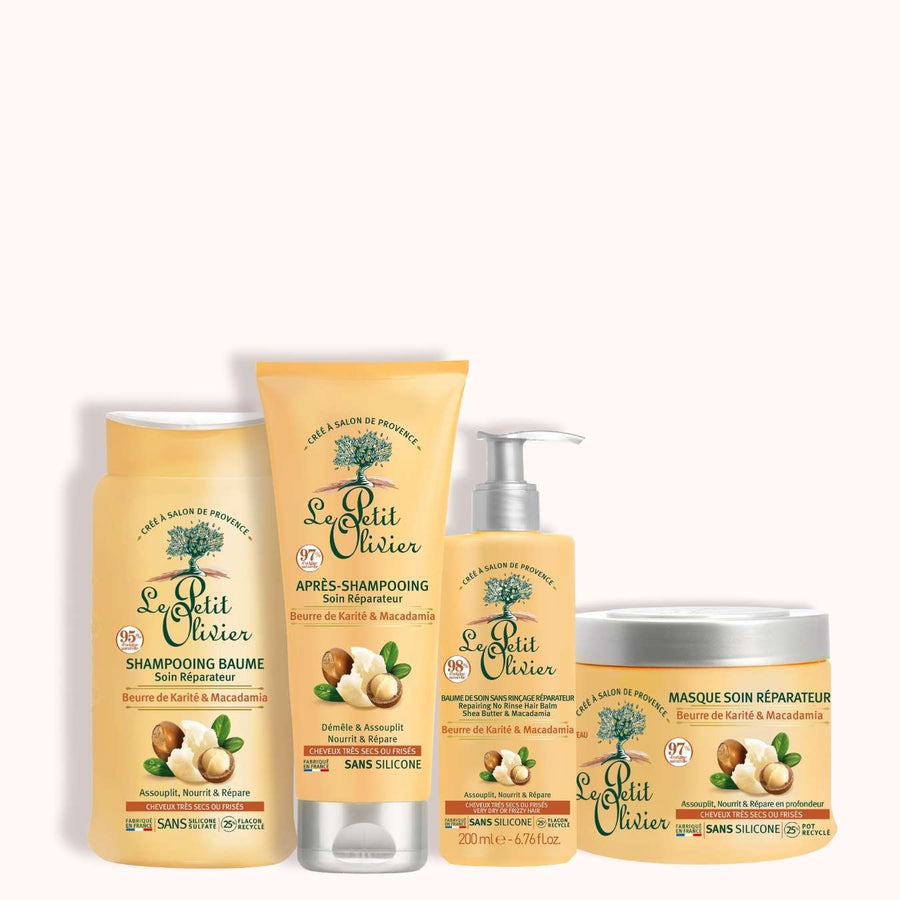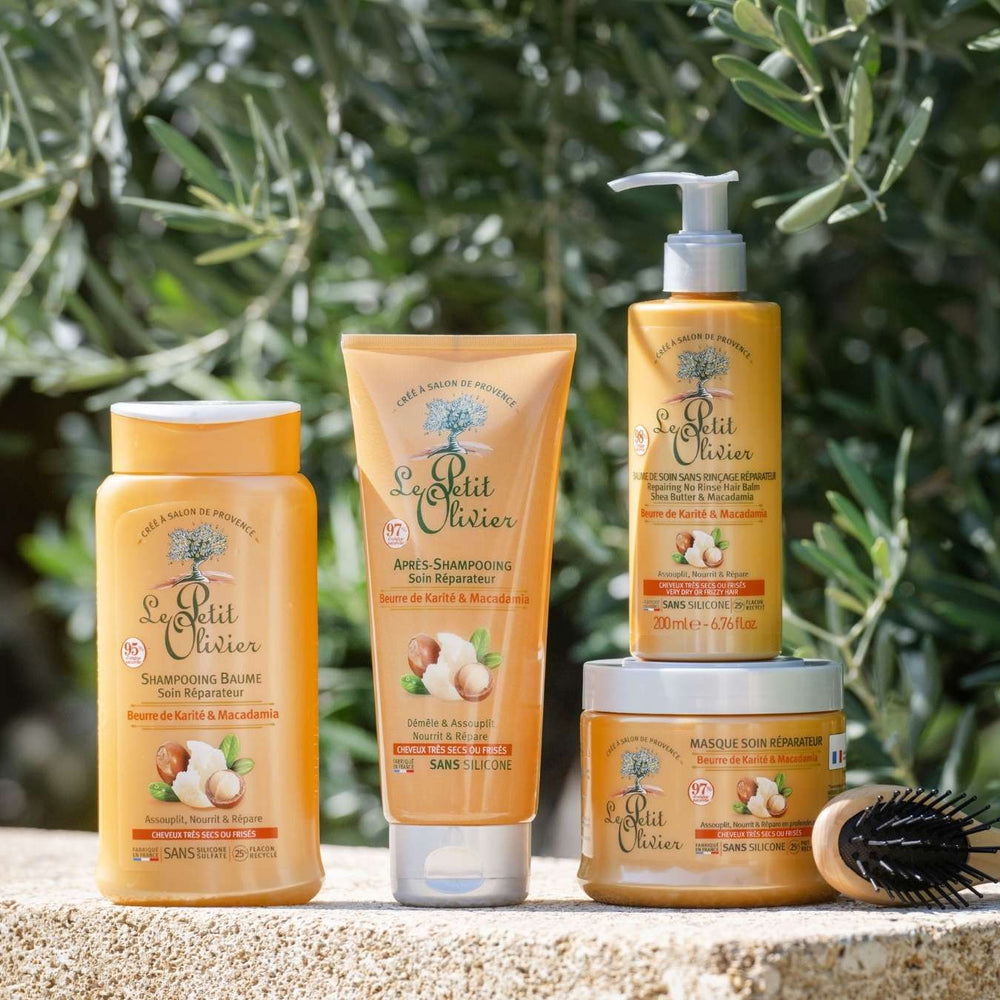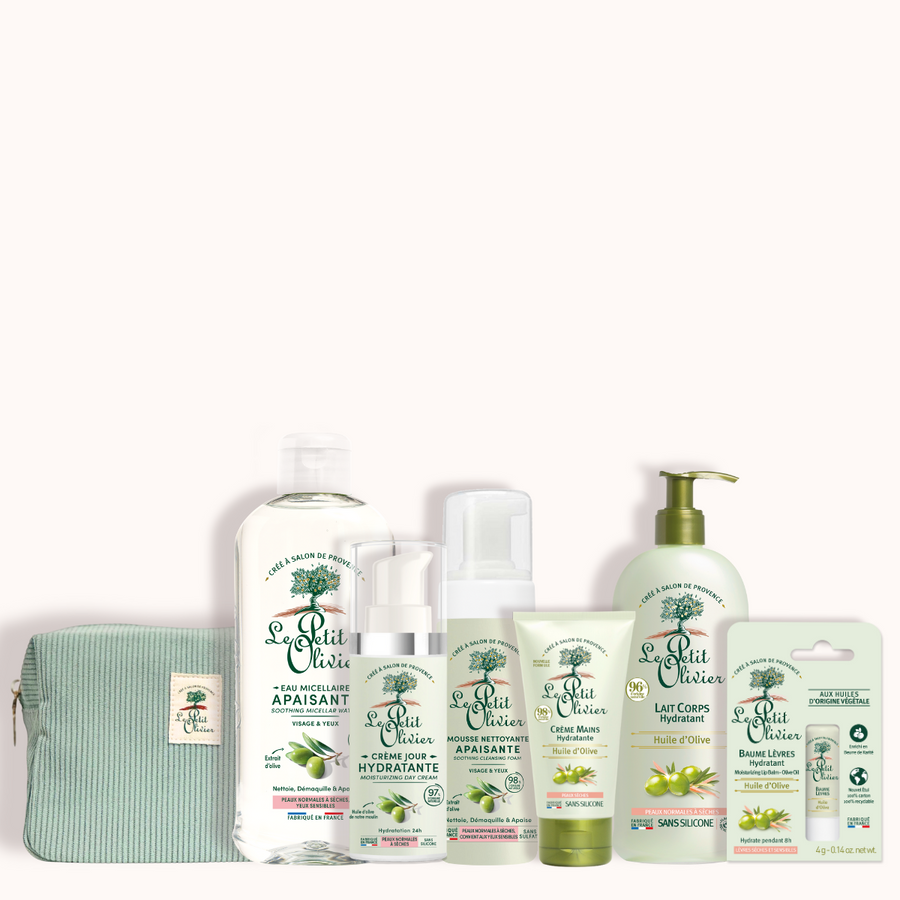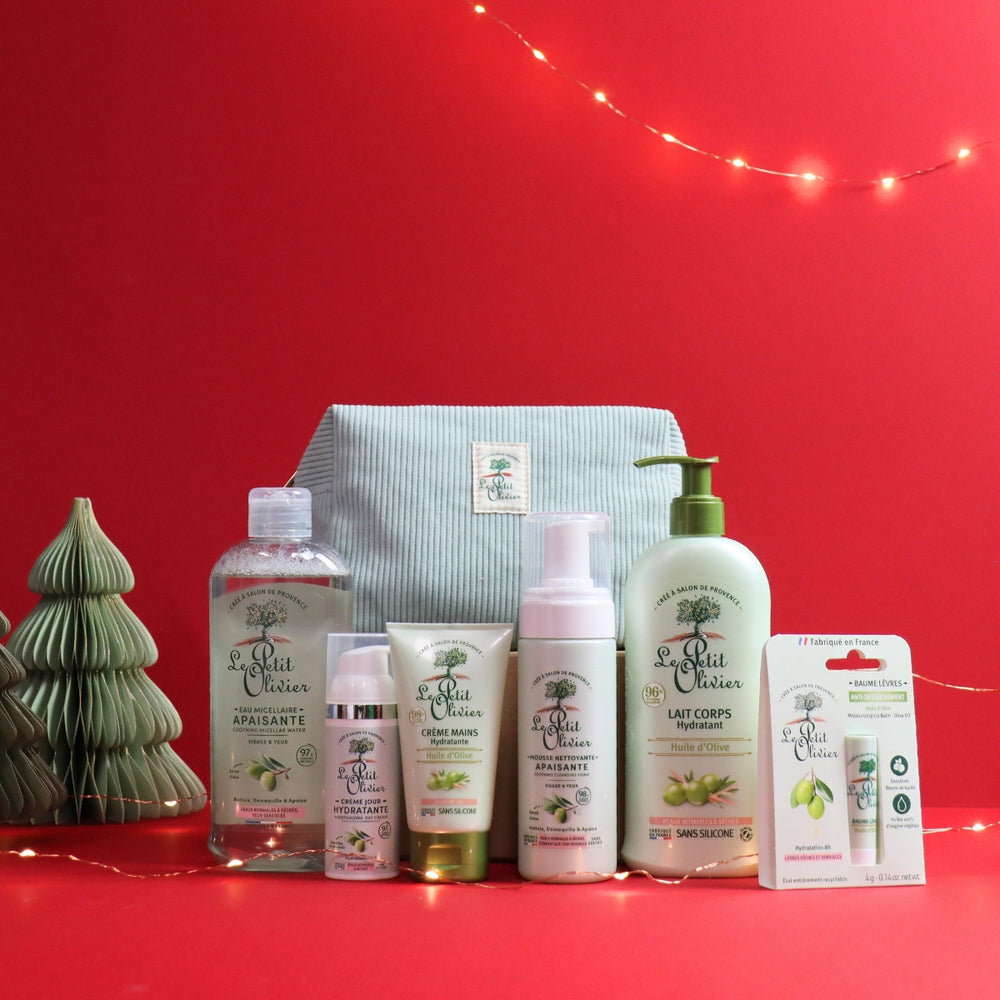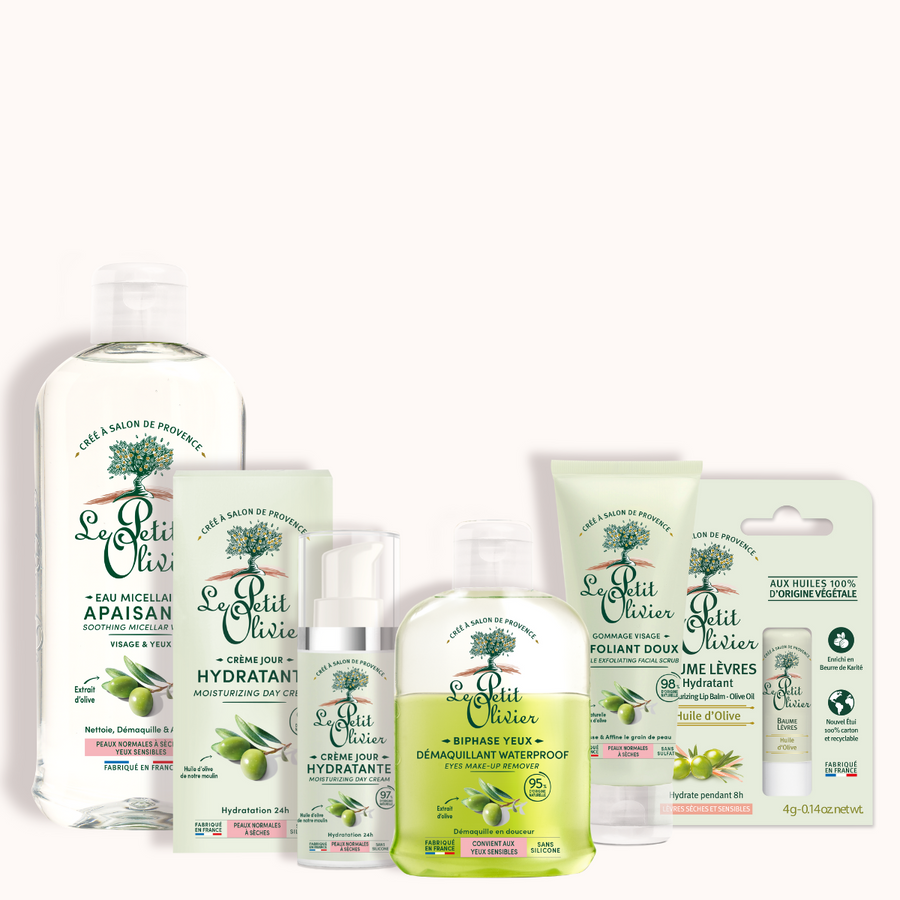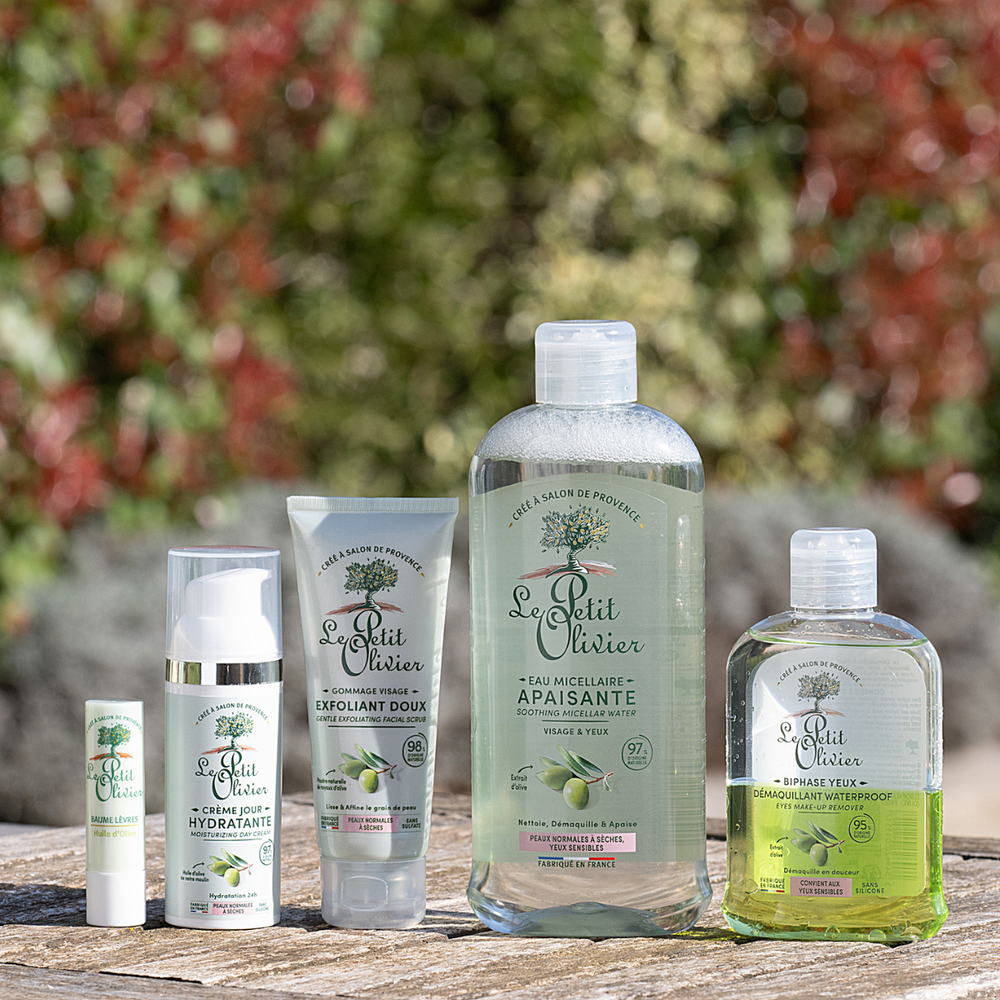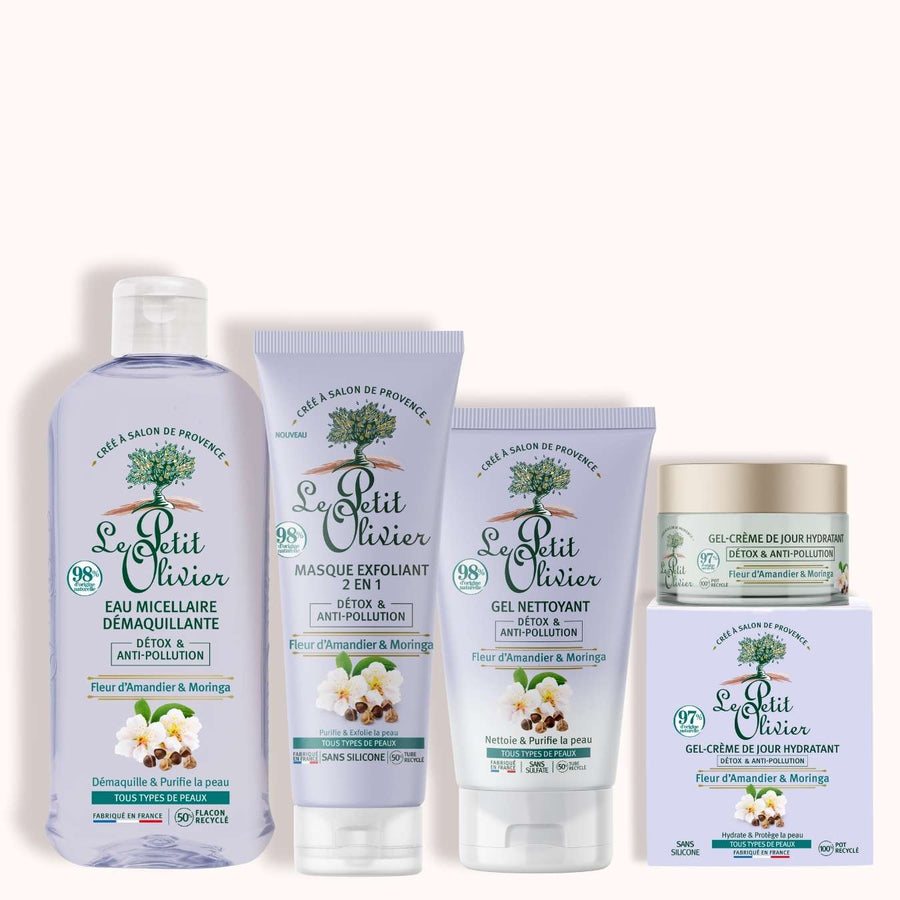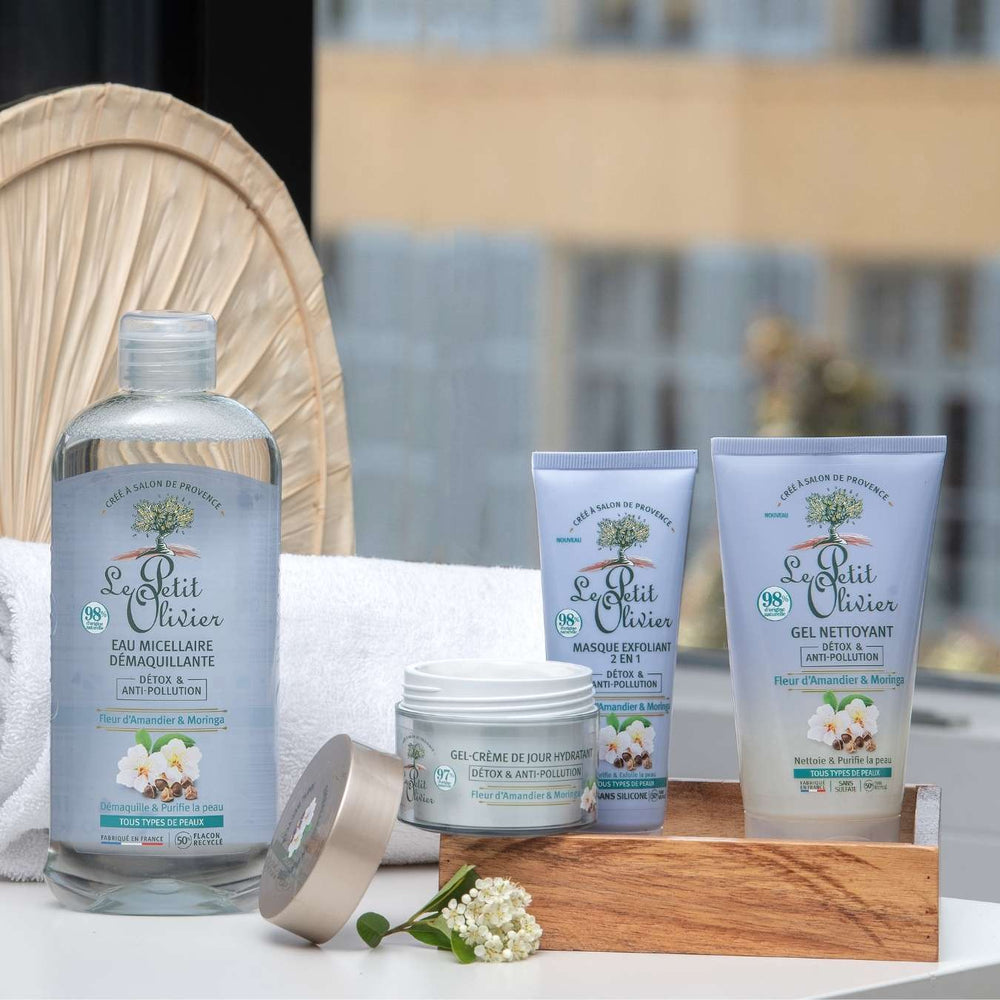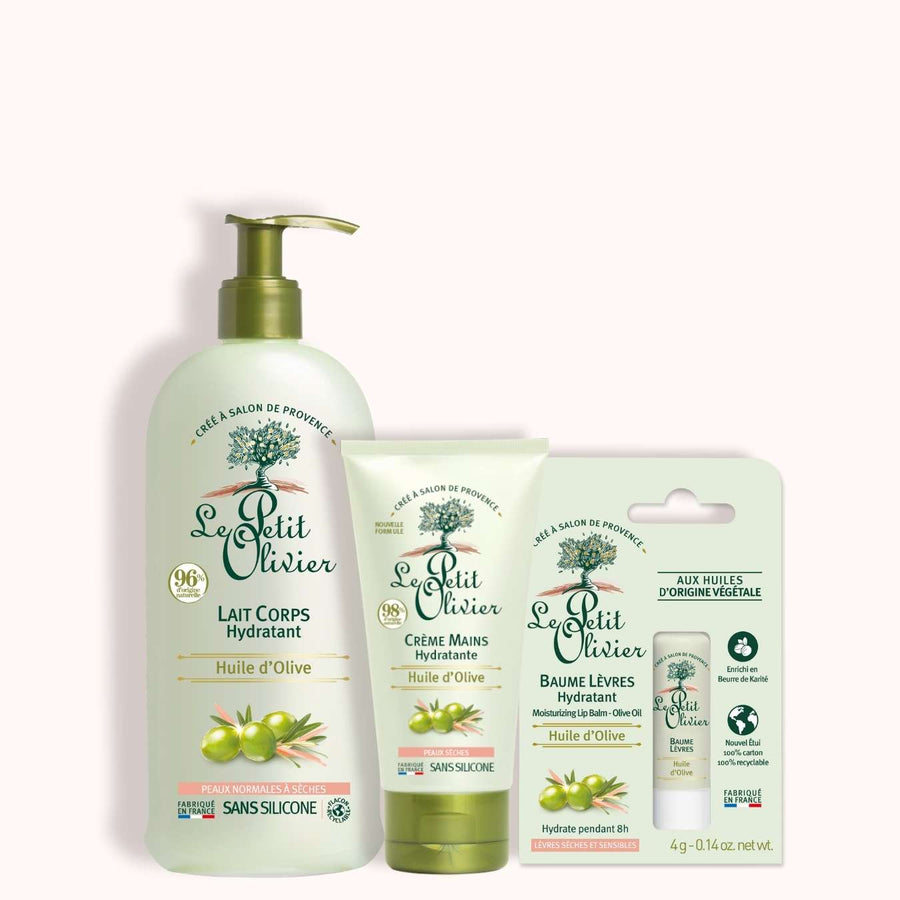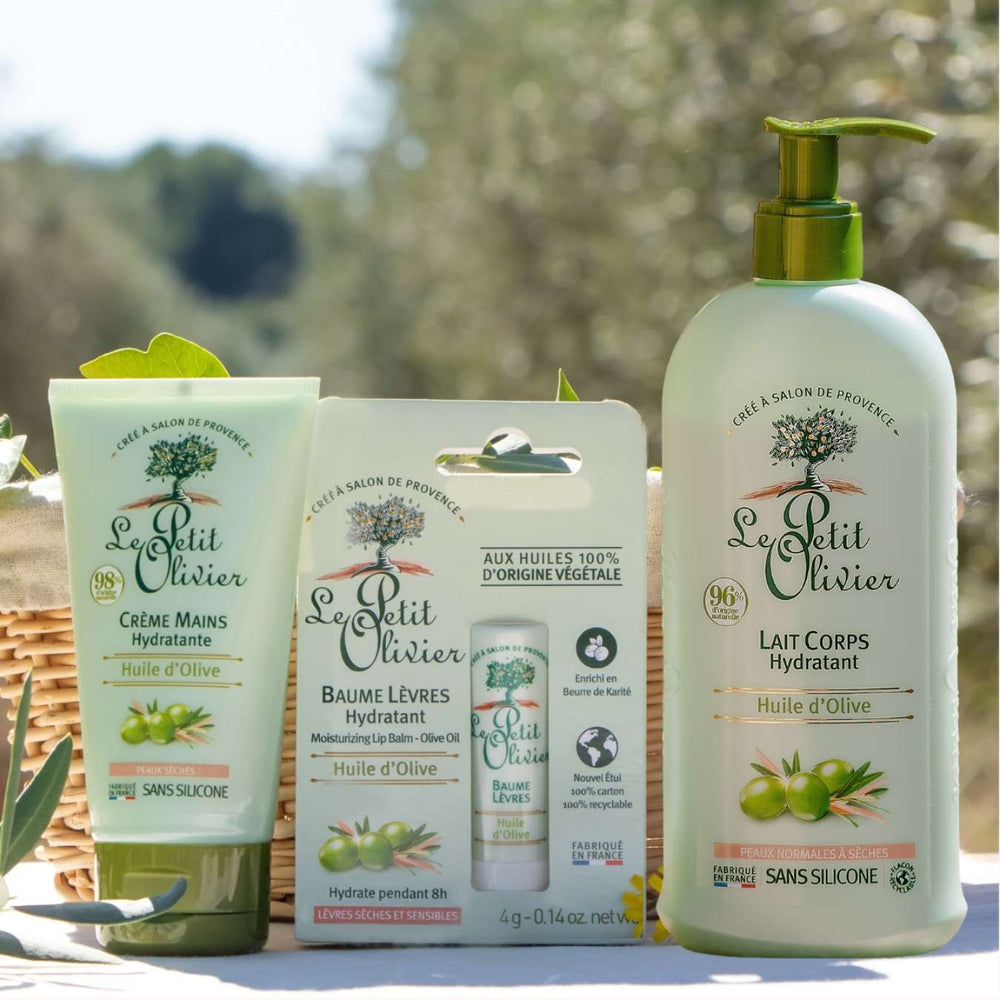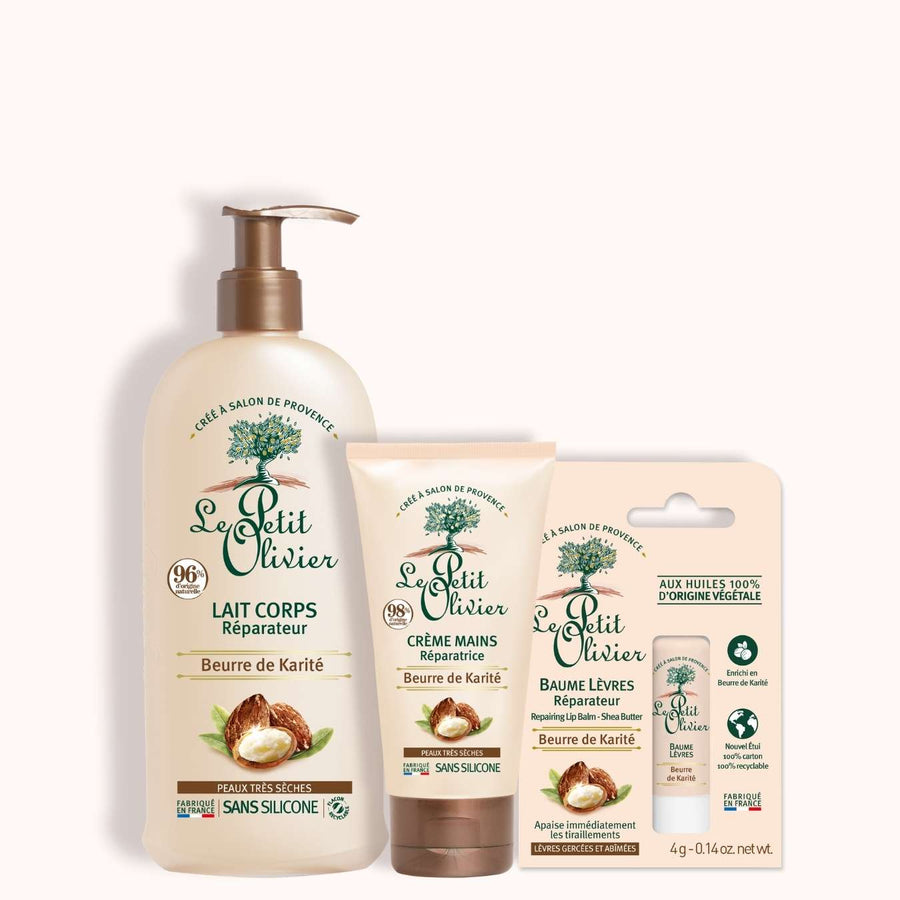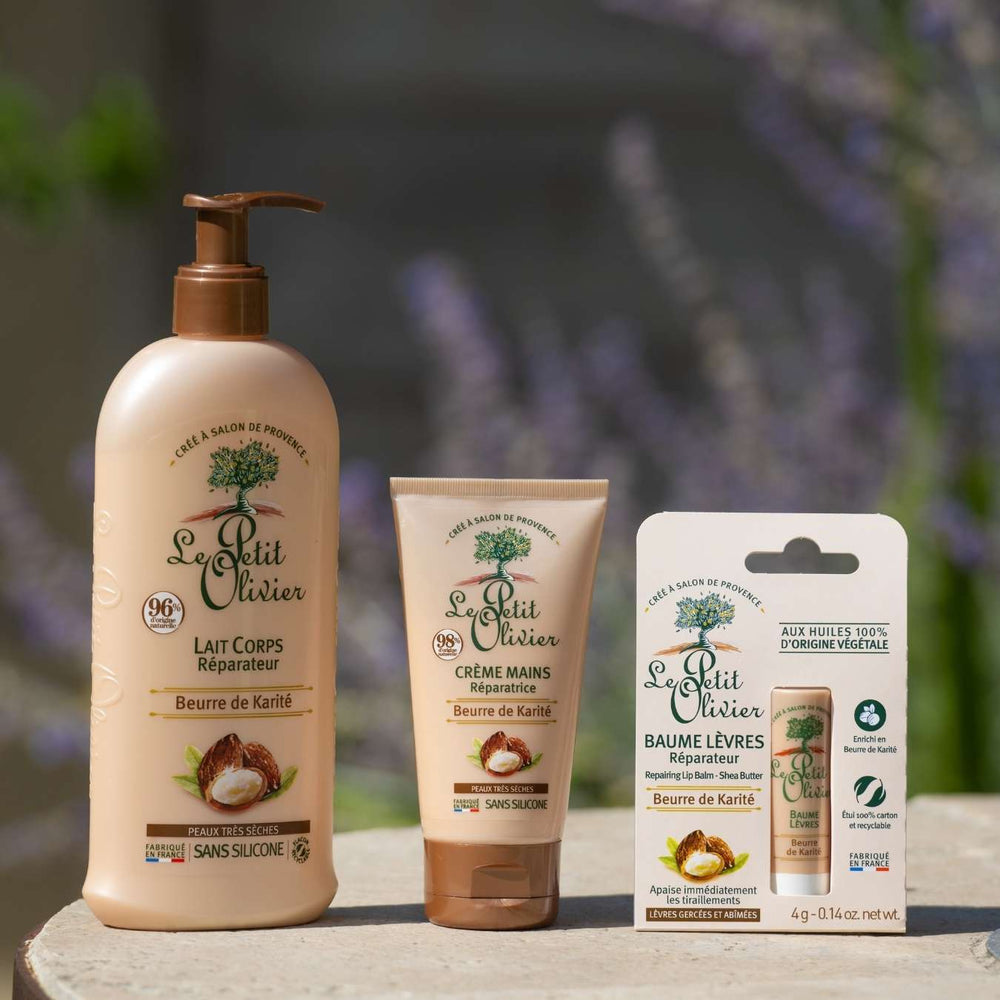When and why should I change my shampoo?
Changing shampoo is not simply a matter of preference; it's often a necessity dictated by the evolution of our hair and our environment. There are many signs that it's time to switch to a new product: loss of effectiveness of the current shampoo, sudden appearance of unexpected hair problems... These signs should not be ignored.
In addition, changes in lifestyle or hormonal fluctuations may require you to adapt your hair routine. Finally, it's essential to be vigilant about hair problems that require specific treatment, such as dandruff or allergic reactions. To find out more, discover how to maximize the effects of your shampoo.
Signs that it's time to change shampoos
Loss of efficacy of current shampoo
Have you noticed that your once radiant hair now looks dull and lifeless after every wash? This could be a sign that your shampoo has lost its effectiveness. Over time, hair can develop a certain tolerance to the active ingredients in your usual product, making it less effective. Think of your hair as a blank canvas getting used to the same color palette: there comes a time when the effect is no longer as vibrant. In this case, it may be wise to explore options offering a new combination of active ingredients to revive your hair's shine and texture.
The appearance of unexpected hair problems
Hair is often the first to reflect the internal or environmental changes we face. If you notice the sudden appearance of dandruff, scalp irritation or an unusual excess of sebum, this could indicate that your current shampoo no longer meets the specific needs of your scalp. Take the seasons, for example: in winter, lack of humidity can dry out your hair, while in summer it can become greasy from heat and perspiration. These fluctuations sometimes require an adjustment in shampoo choice to ensure your hair receives the right care.

External factors influencing the need to change shampoos
Seasonal impact on hair needs
The seasons punctuate not only our lives, but also the condition of our hair. In winter, the cold and dry air can make hair more fragile and prone to breakage. This is the time of year when a nourishing shampoo may be essential to bring softness and protection to your locks. On the other hand, summer, with all its sun and humidity, encourages increased sebum production. In this case, a purifying shampoo, capable of regulating this excess while preserving the scalp's natural balance, is a wise solution.
The different types of shampoo to suit your needs
Moisturizing shampoo for dry hair
Dry hair, often synonymous with unruly, dull locks, needs extra attention. Opting for a moisturizing shampoo becomes essential. These products are distinguished by their ability to infuse the hair fiber with beneficial active ingredients that close the hair scales, restoring shine and softness.

When a lifestyle change calls for a new shampoo
Adapting to a new hair routine
Changes in your daily life can have surprising repercussions on the condition of your hair. Imagine moving from a temperate climate to a region where the sun is omnipresent; your hair, like your skin, will need special attention. A more active lifestyle, with increased frequency of sporting activities, may also require adjustments to your hair routine. In such cases, opting for products that take these new requirements into account becomes crucial. For example, a shampoo designed to effectively remove salt and chlorine residues will prove beneficial for regular swimmers.
The impact of hormonal changes on hair
Hormonal fluctuations are another determining factor in the transformation of your hair needs. Whether during pregnancy, menopause or even a particular medical treatment, these variations can alter the overall texture and appearance of your hair. During pregnancy, for example, some people find that their hair becomes thicker and shinier thanks to the lengthening of the anagen phase of the hair cycle under the effect of estrogen. On the other hand, post-partum or during periods of intense stress, you may experience increased telogen hair loss. At these pivotal moments, it's essential to adapt your hair care products to meet the new characteristics and specific requirements of your scalp and hair fiber.

Hair care problems requiring a change of shampoo
Treating dandruff with a specialized shampoo
Dandruff, those little white flakes that dot your shoulders, can be a source of embarrassment and discomfort. It's often the result of an imbalance in the scalp, whether it's too dry or too oily. To remedy this, it's crucial to choose an anti-dandruff shampoo suited to your scalp type. These products generally contain active ingredients such as zinc pyrithione or selenium sulfide, which help reduce inflammation and regulate the production of dead cells. Think of your scalp as a garden: to keep it flourishing, you sometimes need to use the right tools to get rid of weeds.
Precautions when choosing a new shampoo
Analysis of ingredients to avoid in shampoos
Selecting a new shampoo requires careful attention to its ingredients. Some ingredients can be harsh on your scalp and hair. Sulfates, for example, although effective in creating a rich lather, can dry out the hair fiber and irritate sensitive scalps. Also avoid parabens, used as preservatives but suspected of disrupting hormonal balance. Finally, be wary of silicones, which, while providing immediate softness, can weigh hair down over the long term and prevent the beneficial active ingredients from penetrating.
Here are a few tips to follow:
- Check the list of components: keep formulas short and clear.
- Look for ecological or organic labels that guarantee environmentally-friendly manufacturing.
- Think pH: a shampoo with a pH of around 5.5 is ideal for respecting the scalp's natural balance.
Test a new shampoo to avoid side effects
Introducing a new product into your hair routine requires caution and method. Before applying your latest purchase generously all over your hair, it's wise to carry out a preliminary test. Apply a small amount of product to a discreet area of the scalp or even the forearm to check for any potential allergic reaction. Wait 24 hours to observe any irritation or redness.
If the test is conclusive, gradually introduce the shampoo into your routine, alternating with your usual product. This allows your hair to adapt smoothly to the new active ingredients in the chosen formula. In this way, you minimize the risk of undesirable effects, while taking full advantage of the benefits that this judicious change can offer.
We recommend these other pages:
- How do you prepare your scalp for shampooing?
- Is it necessary to alternate between different shampoos?
- The ideal frequency of shampoo use in a hair care routine
- How do you massage your scalp effectively when applying shampoo?
- What are the effects of rinsing with hot or cold water after applying shampoo?
